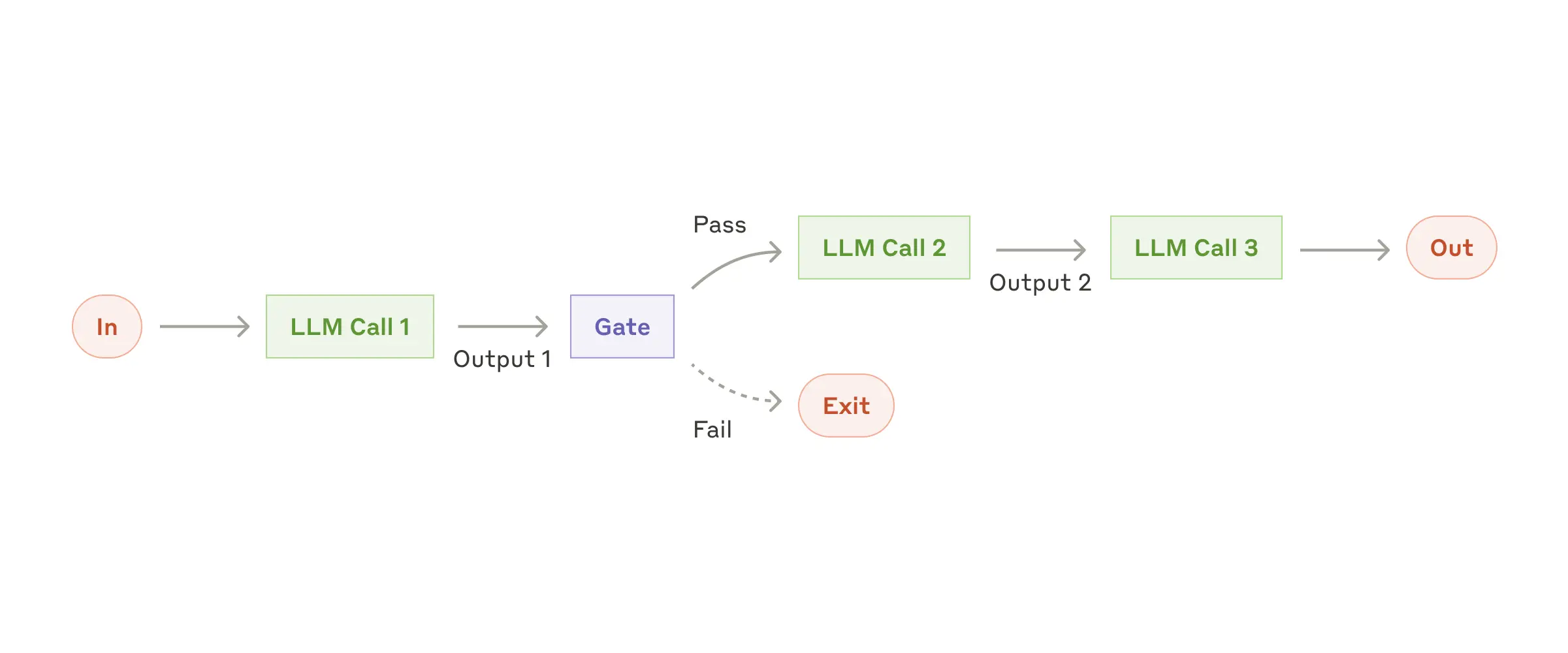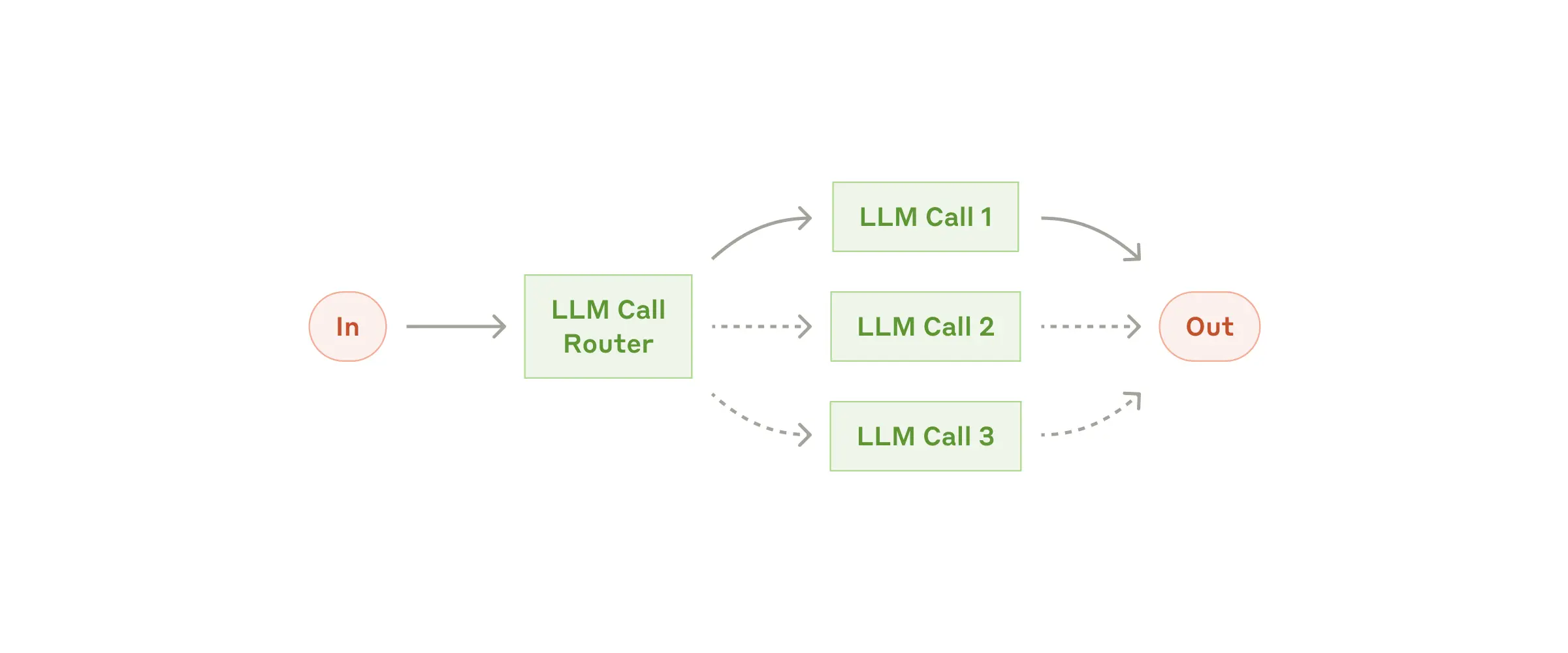Vibe checking while hackathoning

Hello! It’s Micro here again, and I’m excited to share an update on my project, AIM, and how I’ve been testing it through hackathons.
I’ve been quiet for about a month, as I’ve been deeply engaged in gathering feedback, preparing for an official release, and, most importantly, experimenting extensively with AIM. After my last post, I dedicated significant time to building with AIM, and I believe hackathons—those intense, time-constrained events—are the ideal way to evaluate its productivity and potential.
Agent Recipes
Building effective agents by Anthropic goes over some of the different types of workflows that can be created with agents.
Today I want to show you some recipes that you can use to create your own agents.
Prompt chaining
Prompt chaining decomposes a task into a sequence of steps, where each LLM call processes the output of the previous one. You can add programmatic checks (see "gate” in the diagram below) on any intermediate steps to ensure that the process is still on track.

This workflow is ideal for situations where the task can be easily and cleanly decomposed into fixed subtasks. The main goal is to trade off latency for higher accuracy, by making each LLM call an easier task.
Sally earns $12 an hour for babysitting. Yesterday, she just did 50 minutes of babysitting. How much did she earn?
{% set
#prompts
chains=[
"Given the math problem, ONLY extract any relevant numerical information and how it can be used.",
"Given the numberical information extracted, ONLY express the steps you would take to solve the problem.",
"Given the steps, express the final answer to the problem.",
]
/%}
{% loop items=$prompts.chains %}
Question:
{% ai #llm-result model="openai/gpt-4o" /%}
{% /loop %}
Examples where prompt chaining is useful:
- Generating Marketing copy, then translating it into a different language.
- Writing an outline of a document, checking that the outline meets certain criteria, then writing the document based on the outline.
Routing
Routing classifies an input and directs it to a specialized followup task. This workflow allows for separation of concerns, and building more specialized prompts. Without this workflow, optimizing for one kind of input can hurt performance on other inputs.

When to use this workflow: Routing works well for complex tasks where there are distinct categories that are better handled separately, and where classification can be handled accurately, either by an LLM or a more traditional classification model/algorithm.
Tools
It's all about tools. Think about your daily life. You wake up, if you're lucky without an alarm, but if like me, that's not always an option, the alarm goes off at 8:00am.
The alarm itself is a tool. You set a time, and it goes off at that time. Simple, but
Input time output jarring noise
Then you get up, and you're greeted by your coffee machine.
Input turn on button output coffee
You sit at your desk, and you open your browser.
Input open browser output browser
You open your browser, and you start your day.
Syntax Decisions
Twelve days have passed since my last update where I briefly introduced AIM. In this post, I’ll show you how AIM fits into the growing generative coding landscape and explain the design decisions that led me here.
As an engineer, I’ve always been drawn to simplifying experiences. Over time, I grew tired of complex builds, unwieldy frameworks, and the constant overhead of scaffolding just to do something simple—especially when working with AI.
I wanted to make a language and a system that would interpret it, so I wouldn’t have to constantly reinvent the wheel. Also, I wanted this language to integrate with existing tools and ecosystems—no one wants yet another locked-down platform.

"How are you building your AIs?"
"Plain text"
Prompt-Driven Programming
The landscape of software engineering has changed dramatically over the past few months. As we step into 2025, it’s clear that the tools, practices, and paradigms we once relied on are evolving.


